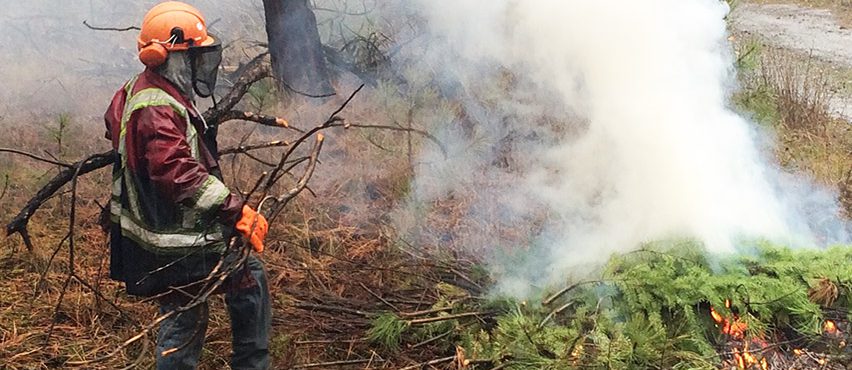Fuel Management in the Wildland Urban Interface – Update
Fire has been a natural part of many ecosystems in BC. Lightning-caused fires periodically reduced the build-up of forest fuels, replaced older stands of trees and created a patchwork of different ages and forest types across the landscape. First Nations also used fire to create wildlife habitat, improve the growth of plants, and to protect settlements. But for the past century, humans have done a good job of excluding fire from the landscape and hazardous forest fuels have built up.
The 2003 fire season, and the Okanagan Mountain Park fire in particular, spurred BC into action. Since 2004, the provincial government, in cooperation with local governments, the Union of BC Municipalities and the First Nations Emergency Services Society have worked together to manage hazardous forest fuels around communities. Forest fire-fighters are increasingly being used to treat hazardous areas to protect communities and harvesting by the forest industry and ecosystem restoration activities have also had beneficial fuel management effects.
This report provides several ideas to get the conversation started, but the Board expects consultation with practitioners, local governments, First Nations, the Union of BC Municipalities, First Nations Emergency Services Society and others will be necessary.
May 2015
Natural Resource Region
District
Related News Release
Other Related Documents


